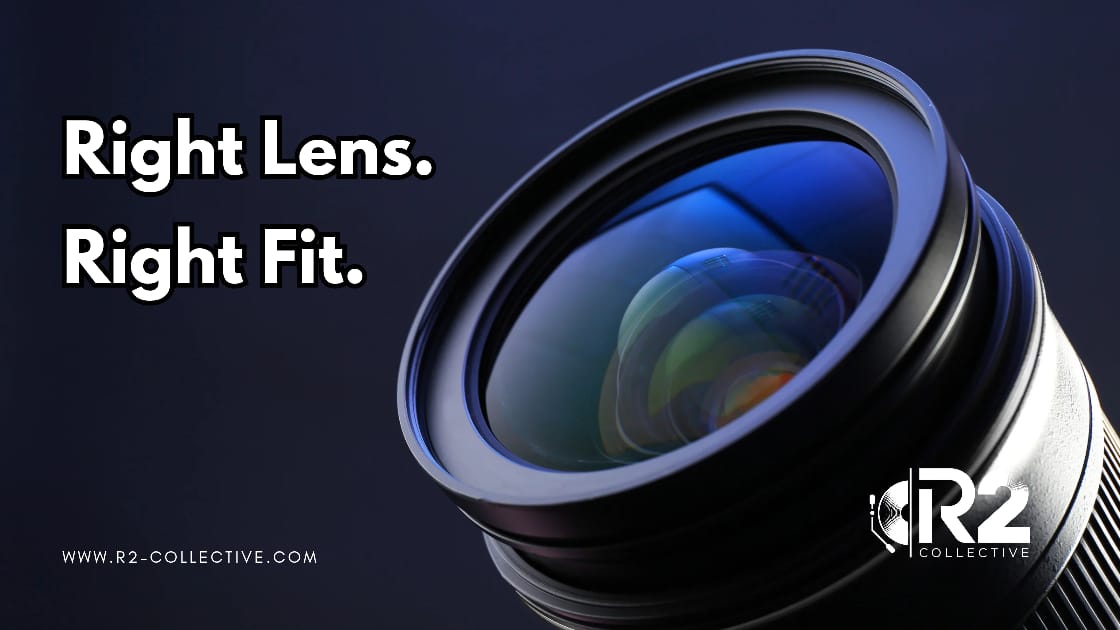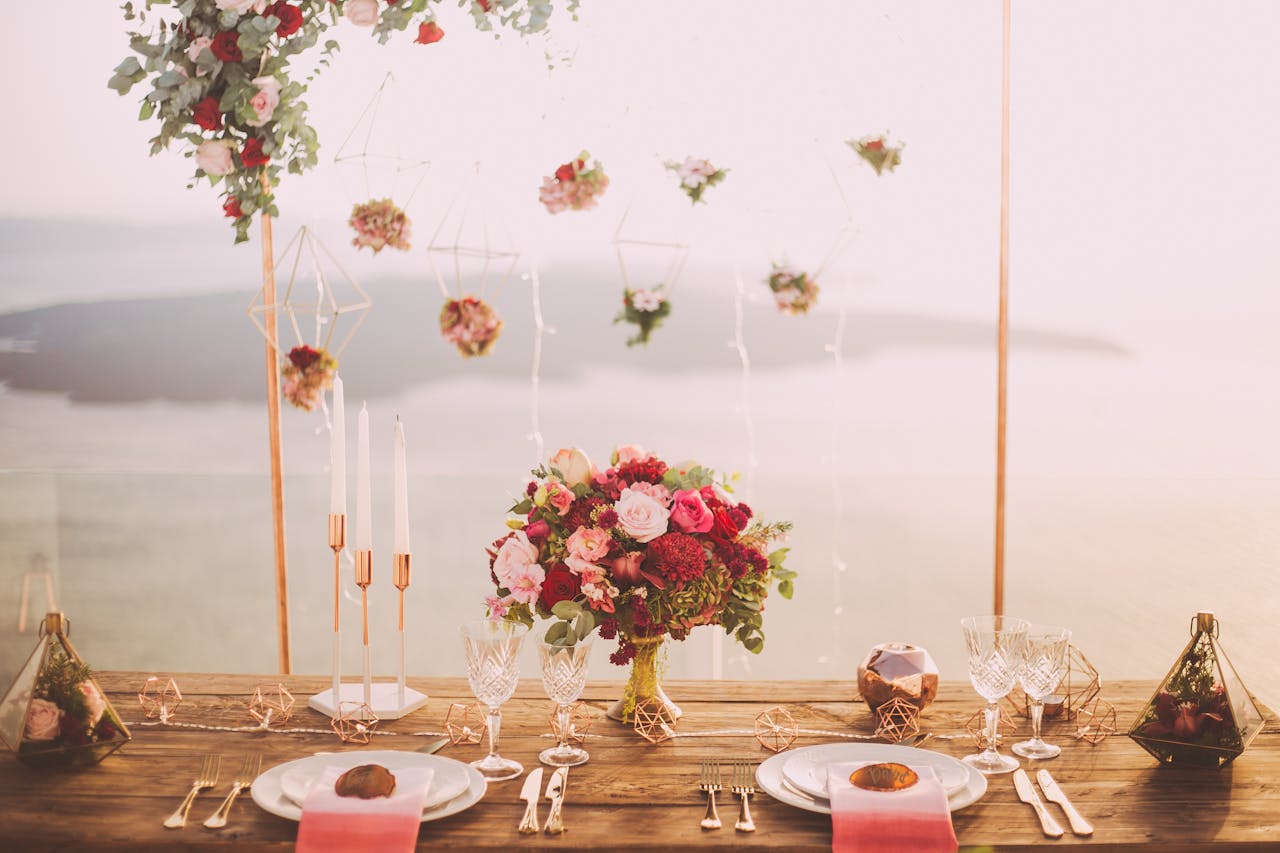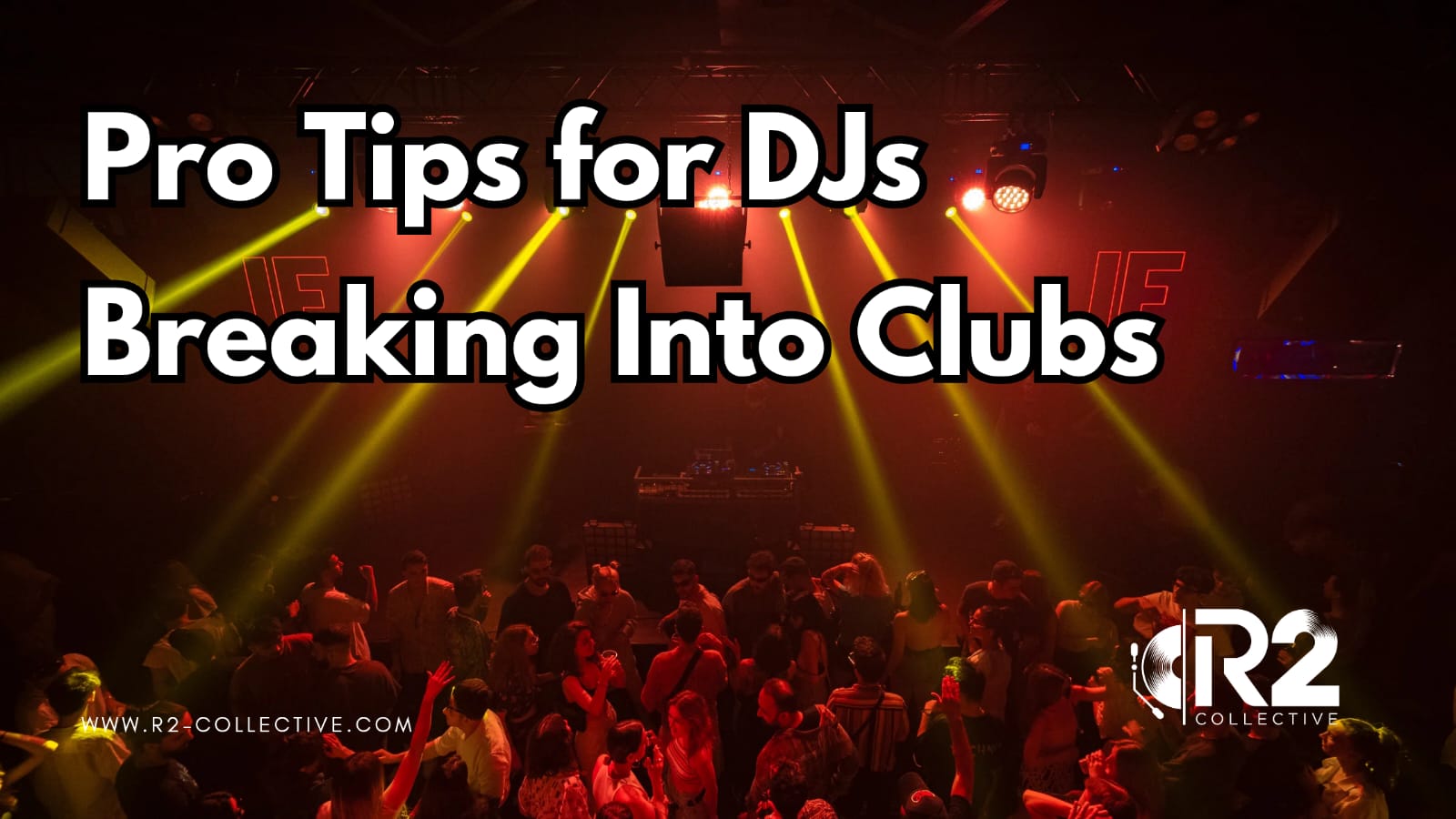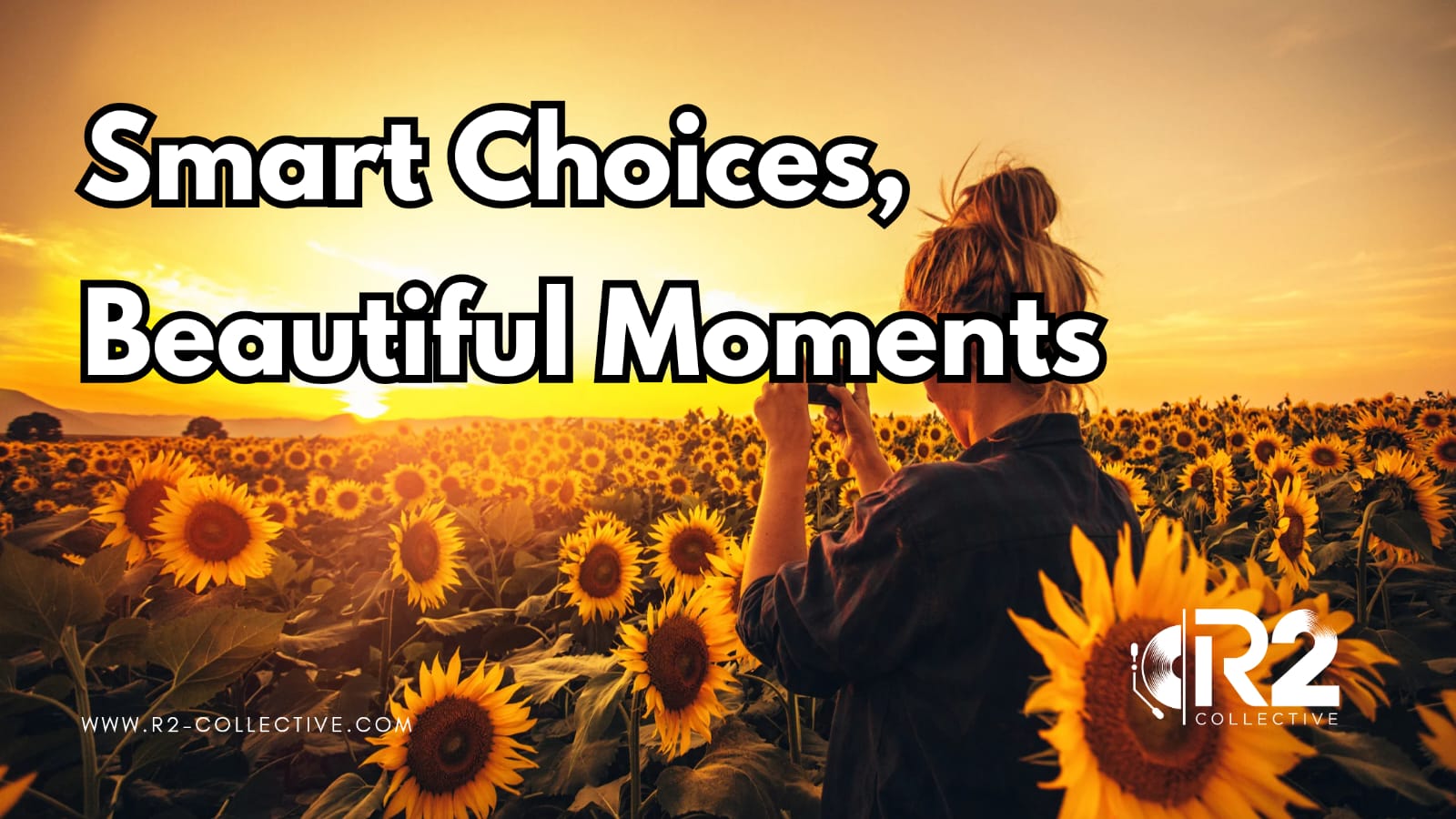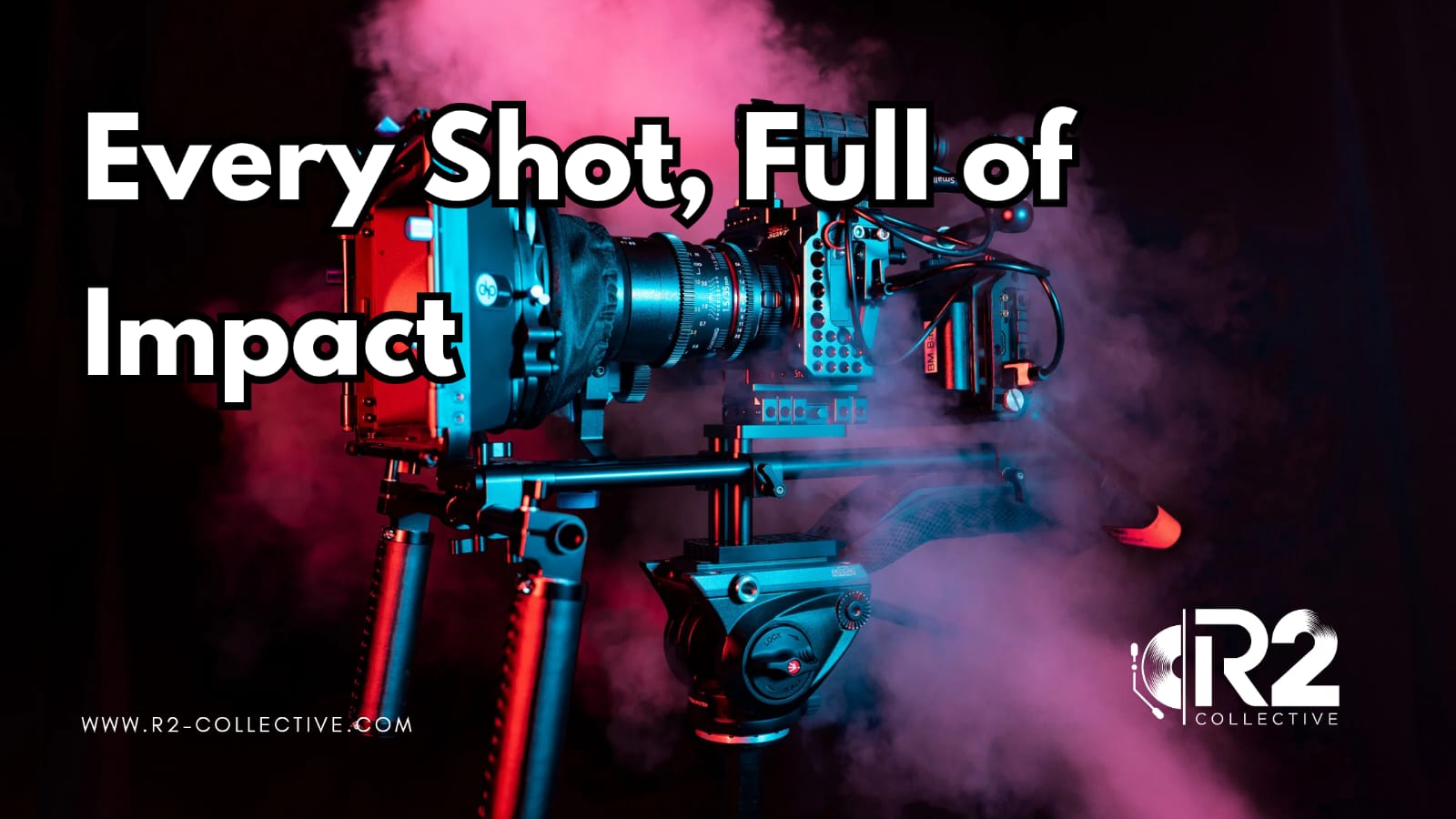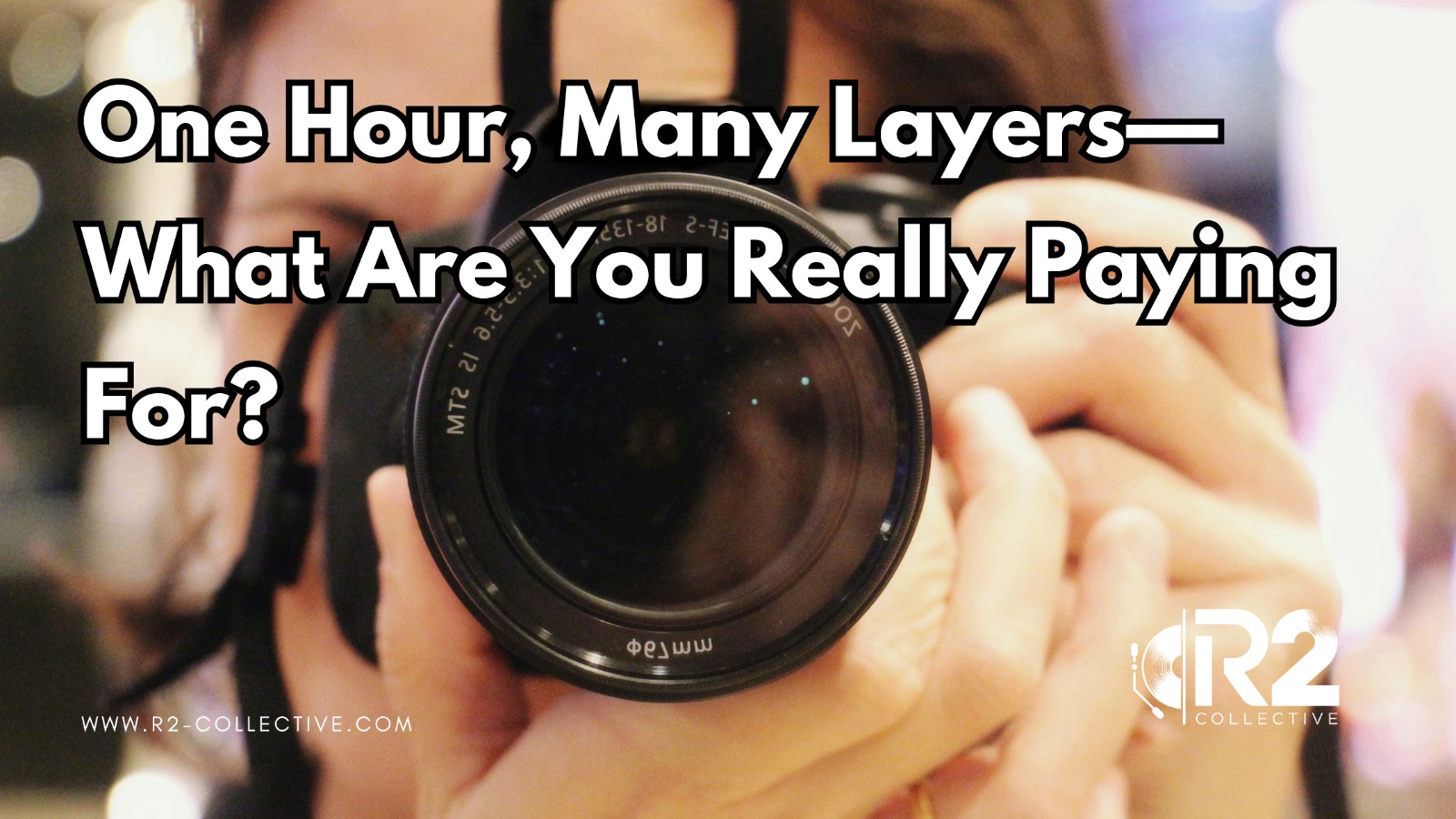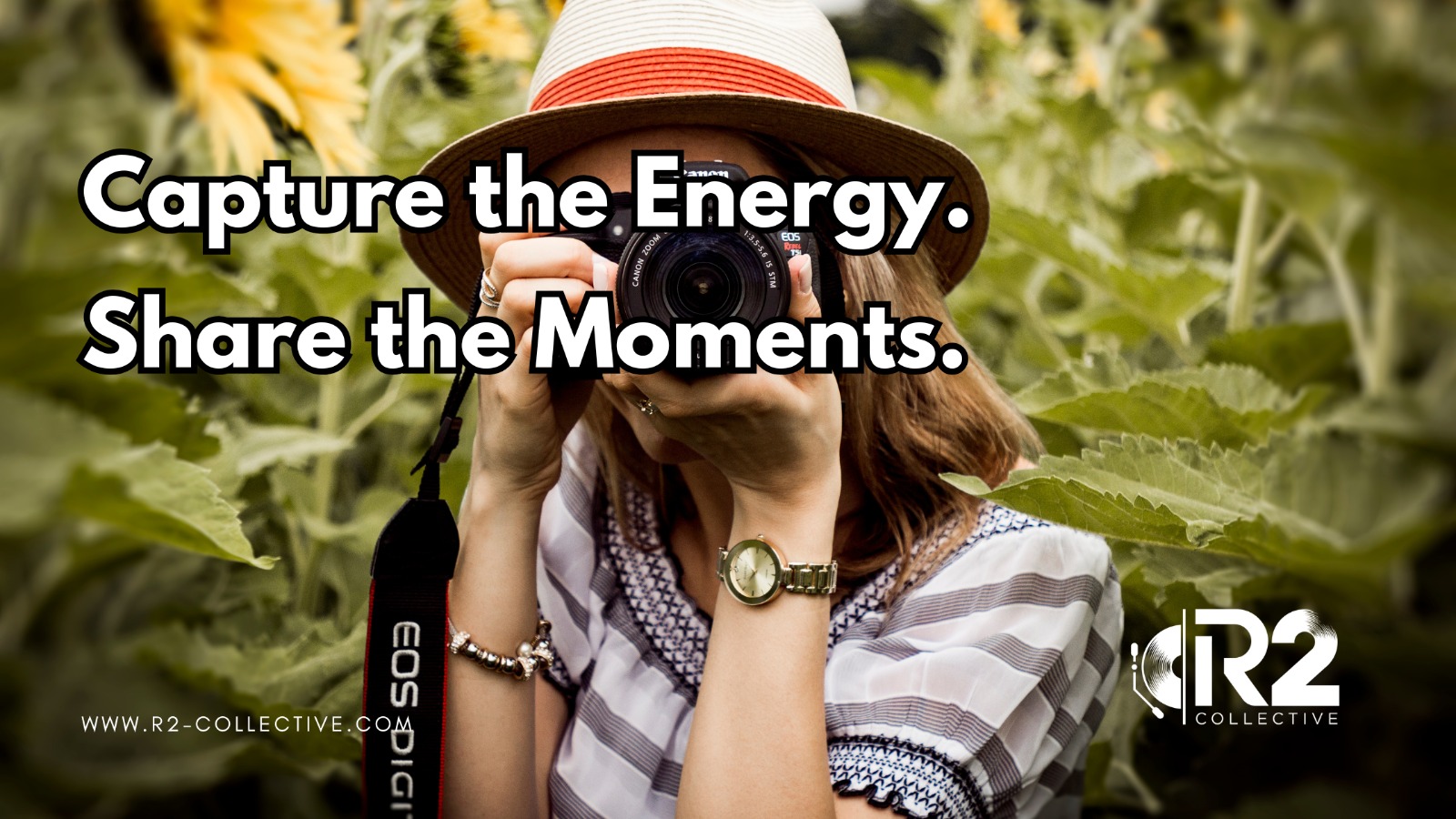Planning a private event or a brand experience is exciting. But capturing it the right way? That’s where things get serious. You only get one chance to document the moment, and choosing the right photographer is key. Whether you’re organising a gala dinner, launching a product, or curating a styled dining experience, the visuals you walk away with matter.
This guide breaks down the different types of commercial photographers. You’ll understand what they do, when to hire each one, what results to expect, and how to make the most of your investment. From clean product images to vibrant lifestyle captures, we’ll help you figure out who’s right for your project.
Let’s get into it.
First Things First: What Does a Commercial Photographer Actually Do?
At its core, commercial photography is about visuals that serve a purpose. The images aren’t just pretty—they’re used to promote, document, sell, or support a brand or event.
A commercial photographer doesn’t just show up with a camera. They plan. They light. They style. They time their shots. The goal is to create images that help a business or planner achieve something tangible, like building awareness or securing future clients.
Now, let’s look at the many ways they can specialise.
Understanding the Different Types of Commercial Photographer
Not all photographers do the same thing. Specialisation matters. Here’s a clear breakdown of the major categories you’ll come across—and when to hire each.
Product Photographer
When your product is the hero, this is your person. These photographers shoot objects like clothing, electronics, beauty items, or décor. They create clean, well-lit shots that focus entirely on the product—no distractions.
Where you’ll see their work:
- E-commerce sites
- Catalogues
- Product packaging
- Online shops
Their work is often done in a studio, using controlled lighting, backdrops, and sometimes props to make the product look appealing but accurate. This kind of photography is very detail-focused—every texture, angle, and shadow is considered.
Perfect for: Event giveaways, launch kits, merchandise, branded items
Lifestyle Photographer
A lifestyle photographer tells stories. They place people in real settings, interacting with the product or service. These images feel more natural and relaxed, even if they’re carefully planned.
Where you’ll see their work:
- Social media campaigns
- Brand storytelling
- Editorial features
- Lookbooks and lifestyle blogs
The focus here isn’t just the product—it’s the mood, the moment, the feel. Think guests enjoying a table setup, models sipping cocktails, or friends laughing under fairy lights.
Perfect for: Styled events, brand pop-ups, immersive dining, outdoor gatherings
Corporate Event Photographer
Planning a corporate party, conference, or awards night? This type of photographer knows how to move through a crowd, stay discreet, and capture important moments on the fly.
What they usually cover:
- Guest arrivals and candid moments
- Speaker presentations
- Branding and decor
- Awards, entertainment, and interactions
These photographers are fast on their feet and great at adapting to changing light or fast-moving timelines. Their photos often end up in internal reports, media kits, social posts, or company websites.
Perfect for: Business launches, formal events, conferences, networking nights
Food Photographer
A good food photographer makes dishes look delicious—and no, it’s not just about filters. These photographers understand plating, colour contrast, steam, lighting, and texture.
They work closely with chefs, caterers, or stylists to photograph:
- Menus and individual dishes
- Table spreads and buffets
- Signature cocktails and desserts
- Chef action shots
Food photography helps venues and planners promote menus, attract bookings, or document exclusive private dining.
Perfect for: Curated dining, menu previews, chef takeovers, high-end catering showcases
Architectural and Interior Photographer
If you’re showing off a venue, rental space, or event setup, these photographers capture the big picture—literally. They highlight the environment: lighting, symmetry, space, flow, and design elements.
Their work often involves:
- Wide shots of event spaces
- Venue details and mood lighting
- Décor arrangements and floral styling
- Furniture layouts and installations
They work with natural or artificial light, sometimes blending both, to bring out the vibe of the space. These images often attract new bookings or help planners promote their design aesthetic.
Perfect for: Venue marketing, styled setups, behind-the-scenes captures
Fashion and Apparel Photographer
Think of this role as a blend between product and lifestyle photography. Fashion photographers work with models, stylists, and makeup artists to create impactful visuals for clothes and accessories.
Where their work shines:
- Lookbooks and campaigns
- Styled shoots for event wardrobes
- Influencer partnerships
- Runway previews
They need a sharp eye for posing, lighting skin tones, and capturing texture and flow—especially in motion.
Perfect for: Branded events, wardrobe sponsors, guest outfit documentation
Headshot and Staff Photographer
Sometimes, you just need great portraits. These photographers shoot team members, speakers, or VIPs in a professional but approachable way.
They usually handle:
- Speaker headshots at events
- Group photos
- Bio photos for websites
- Press kits or internal directories
They bring portable lights, backdrops (if needed), and editing skills to ensure everyone looks consistent and confident.
Perfect for: Corporate events, speaker panels, team spotlights, business launch parties
So, How Do You Choose the Right One?
It’s easy to feel overwhelmed by all these types. But it becomes clear when you know your event goals. Here’s a step-by-step approach.
1. Know What You Want to Show
Start by identifying the focus. Is it food? Is it the venue? Is it people engaging with a product? Your answer leads directly to the right photographer.
2. Match the Mood and Style
Look at their previous work. Are they more posed or candid? Do they work with bright light or moodier tones? Pick a photographer whose work matches your event’s style.
3. Ask the Right Questions
- Have you shot events like this before?
- Do you handle both candid and posed shots?
- What’s your turnaround time for edited photos?
- Can we use the images for social media, website, or print?
4. Understand the Costs
Commercial photography can be priced hourly, per image, or per event. Always ask what’s included—shooting, editing, travel, licensing. No one likes surprises.
5. Be Clear About Usage
Will you post on social media? Print for press? Include in a branded book? Make sure your rights cover all planned uses.
Real-Life Examples
Private Chef Dinner Shoot
A planner organised an invite-only tasting dinner. A food photographer came early to shoot the prep, lighting, and final plates. The resulting images helped the chef land two magazine features and multiple private clients.
Corporate Holiday Gala
A corporate event photographer covered the venue setup, keynote speaker, and end-of-night dance floor moments. The images were used in the company’s annual recap and LinkedIn posts.
Branded Lifestyle Pop-Up
A lifestyle photographer documented the crowd, products in use, signage, and guest interactions. The brand used the shots for a six-week Instagram campaign with great engagement.
Pros and Cons of Each Photographer Type
Here’s a quick reference chart to compare strengths:
| Photographer Type | Great For | Might Not Be Ideal For |
| Product | Clear, clean shots of items | Events with movement or people |
| Food | Menus, catering, fine dining | Wide scenes or crowd interaction |
| Lifestyle | Brand stories, social posts | Technical product details |
| Corporate Event | Documenting live moments | Highly stylised still images |
| Architectural | Spaces, setups, lighting layouts | Fast-paced people shots |
| Fashion | Clothing, accessories | Candid group moments |
| Headshot | Clean portraits | Storytelling or dynamic scenes |
Common Questions (FAQs)
How do I know which photographer to hire?
Start with your project’s goal—then match that with the photographer’s specialty. Look at their portfolio for similar work.
Can one photographer do it all?
Some photographers work across types, but don’t assume. Always ask what they’re most comfortable doing.
What’s the usual cost?
Pricing varies. Expect:
- Product or food: $150–$300/hour or per image
- Event coverage: $200–$500/hour
- Headshots: flat session fees from $200+
How long will delivery take?
Anywhere from 3 days to 3 weeks, depending on editing and how many images you’re expecting.
Can I use the photos on my website and social?
Yes—if that’s covered in your licensing agreement. Always confirm usage rights upfront.
Final Thoughts and Next Steps
Choosing a photographer shouldn’t feel stressful. You now know what each type of commercial photographer does, when to hire them, and what to ask. You’ve seen real examples, got tips for finding the right fit, and learned how to plan your project wisely.
Photography is more than snapshots. It’s a business decision. Pick the right partner, and your event, product, or brand will live far beyond the moment.
Enjoyed this guide?
Drop your thoughts in the comments, share with a fellow event planner, or save it for your next project. You’ll be glad you did.


